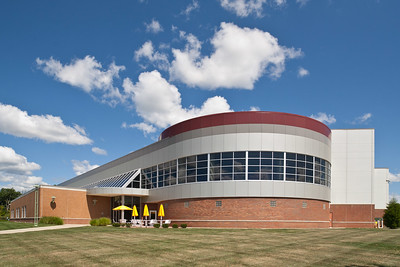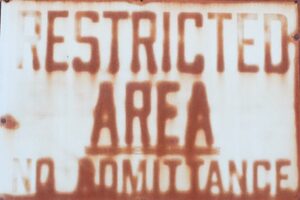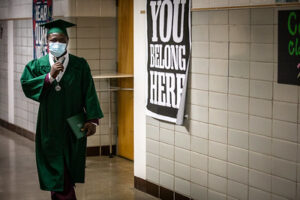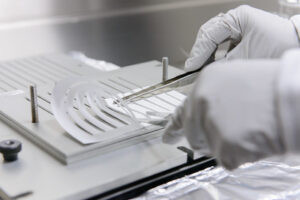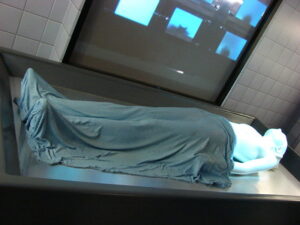If you have time, take a few minutes to read WCC’s latest Capital Outlay Plan (2023-2027). The report, which the State of Michigan requires each year, provides a wealth of information about the campus facilities.
WCC’s new Capital Outlay Plan has a few bits of good news for the taxpayers of Washtenaw County. The WCC Administration has finally come up with a 50%-match eligible plan for the Student Center Building. This is a major point because the WCC Trustees do not require the WCC Administration to maximize available state funding.
State funding is a zero-sum game. The state will provide up to 50% of matching capital for building projects on community college campuses. However, costs associated with neglected maintenance and non-qualifying use plans deduct from the available state funds. What the State of Michigan will not fund adds to the College’s share of a project’s costs.
Leaving “free” money on the table is egregious, especially in our current economic climate. The Board of Trustees performs a major disservice to the taxpayers of Washtenaw County and the students by allowing these half-funded plans to go forward. The taxpayers and WCC students ultimately bear the added costs of non-qualifying construction. It is another example of what happens when the Board’s rich-community notion surfaces in practice. (“It’s ok that the project will cost local taxpayers and students millions of dollars more than it has to; we’re in a rich community!)
According to the Capital Outlay Plan, the “Advanced Transportation Center” remains on blocks. The State is now reconsidering funding for the project. The “Advanced Transportation Center” project qualified for only a 25% match in state funding due to non-qualifying uses. The ATC is another events building with a light sprinkling of nominally academic spaces.
Capital Outlay Plan Should Be Required Reading
One thing that struck me is the current condition of each facility on campus, and the neglect remediation plans. Section E of the Capital Outlay Plan has an estimate of the complete replacement value (CRV) of a building.
The Health and Fitness Center’s CRV is $31M. Only four other buildings on campus have a higher CRV than the HFC does. (The LA Building, the Gunder Myran Building, the Student Center Building, and (barely) the Occupational Education Building.)
In other words, WCC has invested very nearly as much into the Health and Fitness Center as it has on its occupational education facilities.
What’s wrong with that?
The other item on the reports that caught my attention is the $2M+ in undone maintenance and known repairs on the HFC that must be completed between 2023-2027. (And naturally, that doesn’t include the unexpected repairs – which seems to happen a lot to the Health and Fitness Center.) Nor does it include the outstanding bond payments on the building, which are something on the order of $7M-$8M.
It speaks to how much the Board of Trustees has plowed into the building, and how much money it takes to keep the doors open on this money pit. If the building paid for itself, it would be one thing. It does not. So, the General Fund guarantees all the exorbitant maintenance costs, the bond payments, the unexpected repairs, the premature aging of the building (resulting from over-use and poor construction), and the uncertain revenue.
This is not even an academic building. It has virtually no relationship to WCC’s educational mission. And it is how the Trustees spend the “boatload of money” you gave them when you renewed the WCC millages.
Photo Credit: Andypiper, via Flickr
